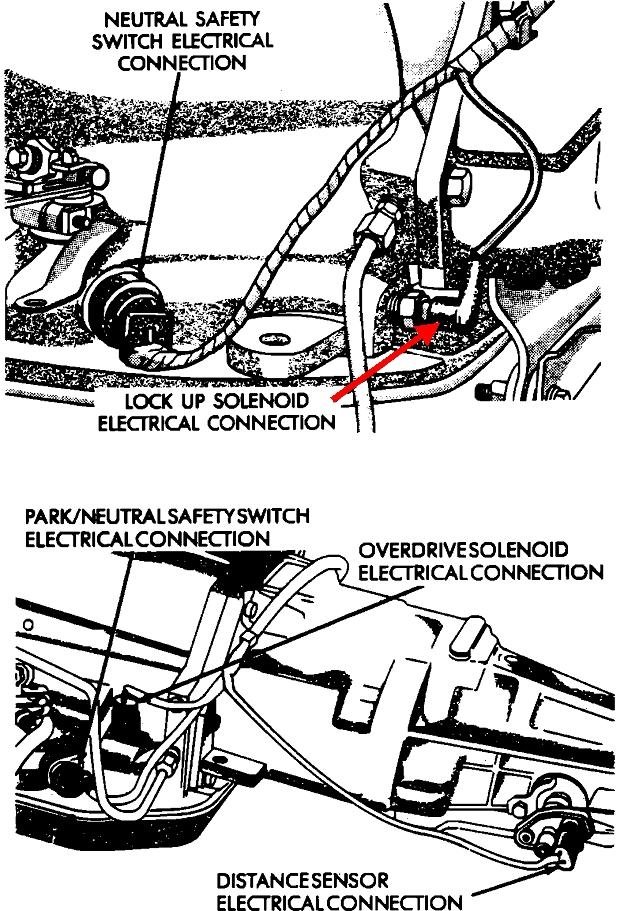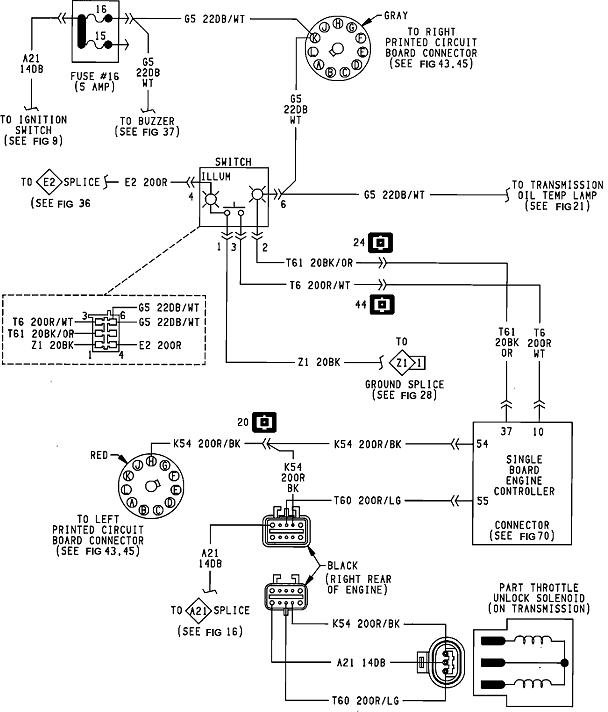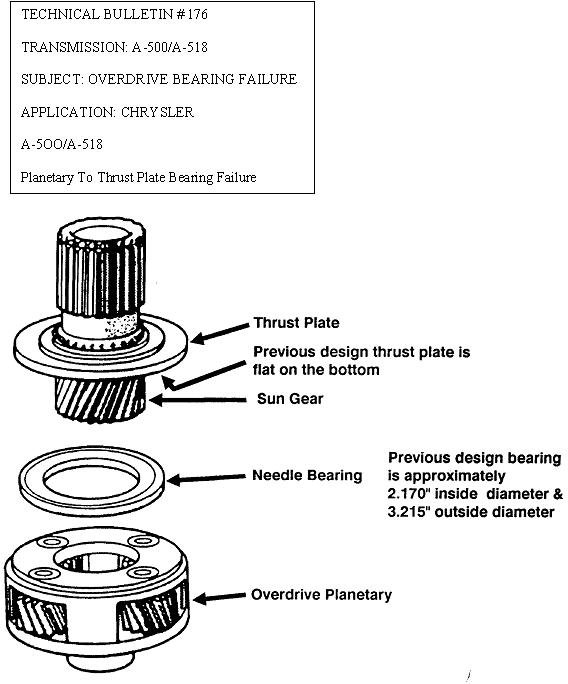Most computers today do in fact have non-volatile memories, but that wasn't the case before 2002 when GM developed Engine Computers in some of their trucks that had to be programmed to the specific vehicle. Since at least the 1950s, Chrysler has been the world leader in innovations that benefit their customers. GM has been one of the world's leading innovators in things that benefit GM after their customers buy the vehicles.
For '92 models, when you disconnect the battery, the Engine Computer loses all of its learned memory, but it reverts back to what was pre-programmed in at the factory for the engine size it was built for. Those default values are close enough to make the engine run right, so you won't even notice the relearning that starts as soon as you start driving again. This applies mainly to two things. The first is sensor characteristics. No two sensors are ever exactly the same, so there are strategies the computer uses to learn how to interpret the signals it receives from those sensors. The computer starts out with typical values programmed in, then, over time, it adjusts to the slight differences it sees from each sensor. As one example, it knows if the engine has been off for at least six hours, the coolant temperature sensor and the intake air temperature sensor had better be reporting the same temperature.
Other brands of vehicles also use a mass air flow sensor as their main fuel metering calculation contributor. Only Chrysler has never needed a mass air flow sensor. Their main reading comes from the MAP sensor.
The second thing is "fuel trim" numbers. Every Engine Computer leaves the factory programmed with a set of "lock-up tables" it uses to calculate fuel needs. For every combination of MAP sensor readings, (engine load), intake air temperature, coolant temperature, engine speed, throttle position, and throttle direction and rate of change, there is a value in that table corresponding to what the engineers have calculated is the perfect amount of fuel needed at that instant. Those values would make any engine run well, but they can be improved upon to reduce emissions. Once the coolant has reached a specific temperature, the system switches into "closed loop", meaning it adds the readings from the front oxygen sensor(s) to the equation. All the other sensors tell the computer the amount of fuel calculated as needed. Based on the O2 sensor readings, that calculation is fine-tuned, or tweaked slightly. That is done continually as you drive. Those numbers are called the "short-term fuel-trim", (STFT) numbers, and they can be read or watched on a scanner.
When the computer sees it is making the same adjustments each time you drive, it gradually shifts those short-term numbers to the "long-term fuel trim", (LTFT) numbers. From then on, it's those LTFT numbers it uses as the starting point on the next drive cycle. For example, if under a certain set of conditions the computer sees it has to add fuel, indicated by a positive fuel trim number, it will increase the long-term number slightly positive. With that as the new learned reference, it won't have to make such big adjustments to the short-term numbers.
All of this learning up to this point takes place without you even being aware of it, unless you watch the fuel trim numbers on a scanner on a test-drive. The one notable exception is "minimum throttle". The computer needs to learn when it must be in control of idle speed. More specifically, it needs to know when your foot is off the accelerator pedal.
Most of the sensors that provide a voltage signal are fed with 5.0 volts and ground, then, for explanation purposes, the acceptable range of signal voltage is 0.5 to 4.5 volts. Anything outside that range is what gets detected as a defective condition and sets diagnostic fault codes. In actual practice, if you were to install five different throttle position sensors, you'd find no two of them show the same voltage at idle. One might be 0.47 volts; one might be.72 volts, and the others could be somewhere in between. If your old sensor showed.53 volts at idle, for example, then you installed a new sensor that showed.64 volts, the computer would see that as you have your foot on the accelerator pedal and you're holding it down just a little. The computer would stop trying to hold idle speed steady.
The computer needs a strategy to know your foot is off the accelerator pedal, then it takes the reading from the TPS and puts that in memory. From then on, any time it sees that same value, it knows it is time for it to be in control of idle speed. Part of that strategy is it needs to see very high manifold vacuum. That occurs when an engine is slowing down from a higher speed, with closed throttle. You could achieve that high vacuum by snapping the throttle from under the hood, but that doesn't necessarily mean you let it snap all the way back to closed throttle. That's why it wants to see that high vacuum for at least seven seconds. The only way to achieve that is to drive the vehicle, then coast with your foot off the accelerator pedal. At the same time the computer will only memorize that signal voltage if it remains perfectly steady. If it flickers or varies just a little, that's an indication you still have your foot on the pedal.
There are mechanical stops inside the throttle position sensor, so once minimum throttle is learned, the only way the signal voltage at idle can ever go lower is if a different sensor is installed. At that point, as soon as you turn on the ignition switch, the computer will see the new lower voltage, and it will put that in memory. No driving and coasting is needed this time. It's when you put in a new sensor that shows a higher voltage at closed throttle that you'll need to do the coasting procedure so the computer will learn that value. For most people, coasting for seven seconds is typical of half of a highway off-ramp, so they don't even realize they're doing the procedure.
When the battery is replaced or even just disconnected for some other service, that learned sensor characteristics and fuel trim data is lost. A conscientious mechanic will perform a test-drive to do this relearn, or at least inform the car owner of the need to do so.
I shared this great and wondrous information to help you understand how the computers work, but this probably isn't going to help with the problem you're having. From everything you described, this sounds very much like a problem I had with a '78 model. It took two transmission rebuilds two weeks apart before the specialist figured out the lock-up clutch was coming apart and the debris from the fiber plate was circulating with the fluid and tearing up the clutch seals. The final gasp was when the transmission would only go into reverse, and I backed up over ten miles until the engine overheated. When the problem first started to show up, it felt like the teeth in the rear differential were broken and skipping. The driveshaft looked like it was jumping when a helper shifted into gear. I never heard of anyone else having the same problem, and since then, other than the common problem with GM front-wheel-drive cars from the late '80s to mid '90s, lock-up clutches have had a pretty boring history with very few failures.
Tuesday, October 15th, 2019 AT 5:17 PM








